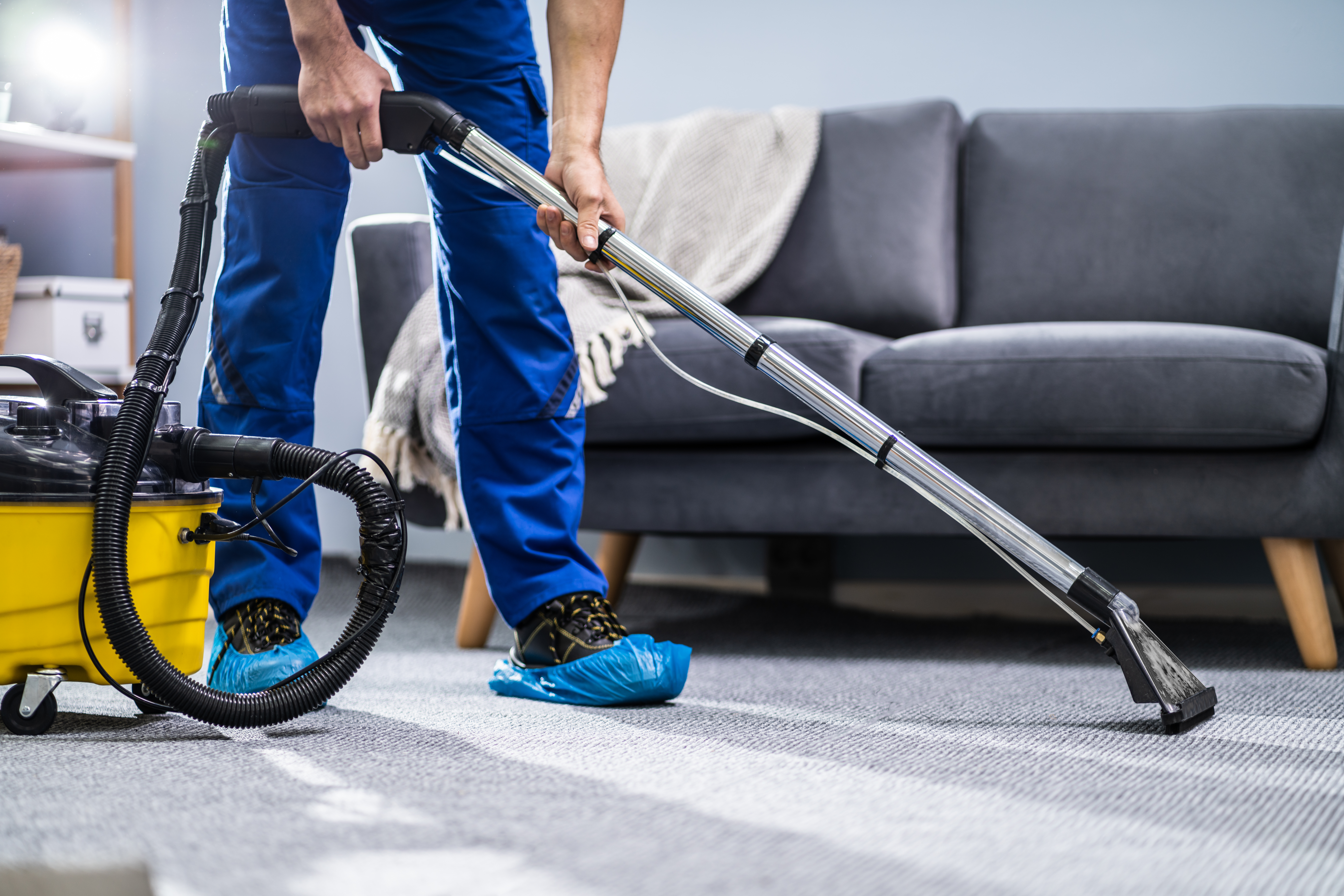The Importance of Data-Driven Cleaning
“The coronavirus cleaning boom is coming,” says David Morris of Fortune Magazine, citing increased demand for higher cleaning quality and proof of those improvements. In this new normal, it is no longer enough for commercial companies to just check the boxes. They must not only improve their quality of cleaning, but also be able to prove it.
Because of this dramatic shift, data is quickly becoming a differentiator for commercial cleaning businesses. In fact, data-driven cleaning is becoming a selling point to draw in new customers.
3 Steps to Track Cleaning Quality
The following outlines three steps companies need to take to become a data-driven cleaning organization. These steps are not a one-time fix. Data-driven cleaning is an ongoing process of tracking data and adjusting business practices accordingly to make meaningful improvements.
Tracking performance metrics doesn’t just benefit your customers. When you track the right cleaning metrics, your business is empowered to make smarter decisions. This not only improves cleaning quality, but can also increase operational efficiency, maximize the effectiveness of teams, and optimize costs.
1. Plan - Define Customer Expectations and Outline Key Performance Metrics
The first step in tracking your cleaning quality is deciding what to track and how. To make these decisions, you’ll need to understand your customer’s expectations and define KPIs that quantify those expectations. For example, your customers may now expect more thorough and frequent vacuuming in carpeted spaces. However, this expectation lacks specificity. What does more thorough vacuuming look like? How often is “more frequent”?
The answers to these questions will help you decide what to measure and how. For example, with vacuuming, you might need to demonstrate to customers the amount of square footage that was cleaned--and prove that the entire area was cleaned vs. a spot clean. In addition, you might need to demonstrate that each area is being vacuumed twice daily. Clearly articulating these KPIs and proving your performance against them will help instill trust in your organization’s capabilities and quality of cleaning.
2. Measure - Leverage the Right Tools to Track Performance
Once you’ve defined the expectations and metrics, it’s time to start tracking. It is important to have the right tools in place that can measure performance and provide reports that are easy to interpret. In our vacuuming example, manual vacuums do not provide any data on how often they were used, where they were used, or whether the entire area was vacuumed. Manually reported data from cleaning staff can also be subjective, prone to error, and difficult to prove to customers.
Newer cleaning technologies can provide performance metrics from the equipment itself--accurately and consistently. For example, a commercial robot vacuum, like Whiz from SoftBank Robotics, can provide detailed information about its vacuuming routes and cleaning activities. This detail provides much-needed transparency into cleaning performance that is not subject to human error or interpretation. Data from Whiz not only provides immediate “proof of clean” but also provides a consistent set of metrics that can be analyzed and compared to track and improve performance over time.
For example, in a recent application, BES struggled with the challenge of quantifying the clean for their customers. Thanks to Whiz Connect, a SaaS application that analyzes and displays the data Whiz collects along its routes, BES can now provide a “proof of clean” to customers. Download the case study to learn more.
3. Evaluate and Adapt - Leverage Data for Insight and Action
Measuring data from your cleaning equipment activities is only half the battle. To be a truly data-driven cleaning organization, you also need to regularly evaluate that data and use it to enable business decisions. For example, tracking key metrics like where and how floors were vacuumed can help you identify challenges and bottlenecks that can reduce your operational efficiency and the overall effectiveness of your teams. With information from the cleaning equipment itself, you can identify opportunities for improvement and optimize your operations accordingly.
These are just a few of the many advantages offered by IoT devices like smart cleaning robots. As IoT adoption continues to pick up pace, these connected technologies will also keep you on the cutting edge of the industry and allow your business to quickly adapt to meet changing market demands.
Conclusion
Data-driven cleaning isn’t a one-time activity; it’s an ongoing process that will allow you to maximize the effectiveness of your cleaning programs. Smart automated cleaning technologies can help you get there by delivering the metrics you need to make smart business decisions and differentiate your organization from the competition.
Fortunately, in many cases, automation doesn’t have to break the bank. Some autonomous cleaning solutions like Whiz, the commercial robot vacuum from SoftBank Robotics (developed in partnership with Brain OS and ICE Robotics), are available with a subscription model. This allows cleaning companies and property owners to pilot the solution in their facilities in a way that is cost-effective.






